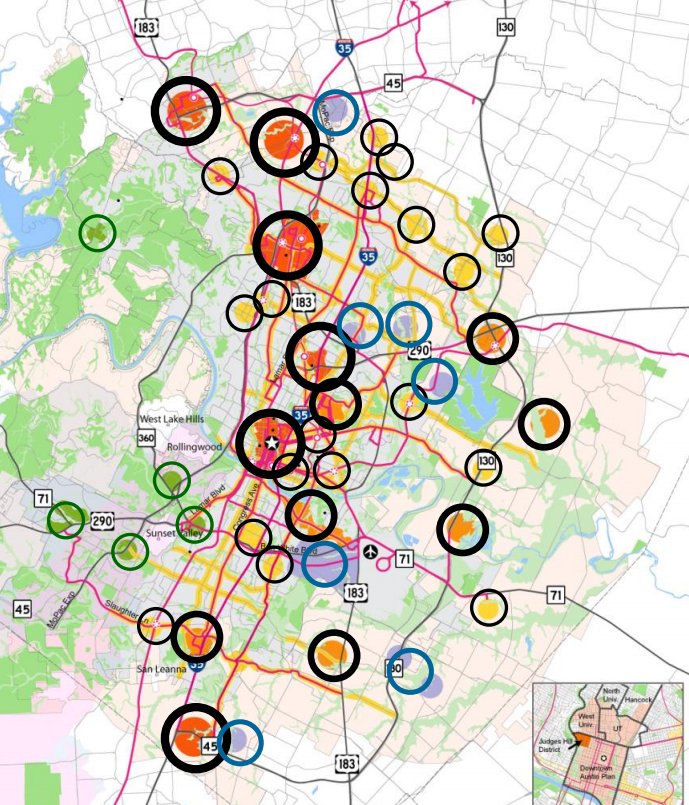Yesterday, City Council voted to make it easier to build a backyard cottage (aka ADU, granny flat, garage apt, etc). Read the details at the Monitor. Here’s the lessons I took from the debate:
1. Party Labels Don’t help Understanding Land Use Politics

The granny flat resolution was introduced by Greg Casar, whose main claim to fame before City Council was as a labor rights activist. It was supported by the Republicans on City Council: Zimmerman and Troxclair, as well as Sheri Gallo (who has previously run as a Republican) [edit: I previously listed CM Gallo as a Republican, but now I’m not so sure] and three other Democrats: Adler, Rentería, and Garza. The four democrats who supported are definitely not “conservative” democrats in any meaningful sense. To understand land use politics, it’s best to set aside party labels.
2. The new breed of Urbanist at City Council is the social Justice Urbanist

This granny flat resolution was backed by urbanist organization AURA. It was originally introduced by urbanist Council Member Chris Riley. And it was seen past the finish line by CM Greg Casar.
But CM Casar didn’t come to the Council on a land use campaign with platform planks about zoning or parking restrictions; he was elected to Council on a platform of social justice and equity. Increasingly, though, he and other Council Members have seen many urbanist policies as boons for social justice.
3. There’s a majority for More transit-accessible Housing
This Council has not always been easy to predict. But this granny flat resolution was the second highly-contested land use case that took a long time to negotiate, but ended up in the same 7-4 vote. The interesting question to come is whether this group of 7 will start to see itself as a bloc and introduce more pro-housing ordinances, knowing that they probably have the votes to pass them.
4. Neighborhood Plan Politics Didn’t Work

One of the major objections to this plan from CM Kitchen was that, by passing new ordinances, City Council was usurping the role of neighborhood planning teams. This was frequently an effective tact in the previous Council, where all 7 Council Members were elected at large and all feared alienating the politically active planning team members.
But while neighborhood plans were of clear importance to CM Kitchen and MPT Tovo, many of the Council Members in the new council pushed back, seeing neighborhood plans as an exclusive tool of the central city, not available to many areas further from downtown or to those who have busy lives and can’t participate.
5. Parking Requirements can be changed near Transit

Minimum parking regulations are one of the hardest, most expensive pieces of building homes, especially smaller, more affordable homes. Yet, they are also politically hard to change, in part because most adults in the city drive.
To solve this chicken-and-egg problem, the Imagine Austin plan envisioned activity corridors, along which there would be better transit service. In this resolution, Council made use of those planning corridors by reducing parking requirements along them. This may point the way toward more parking requirement reductions for other types of housing near these corridors.
